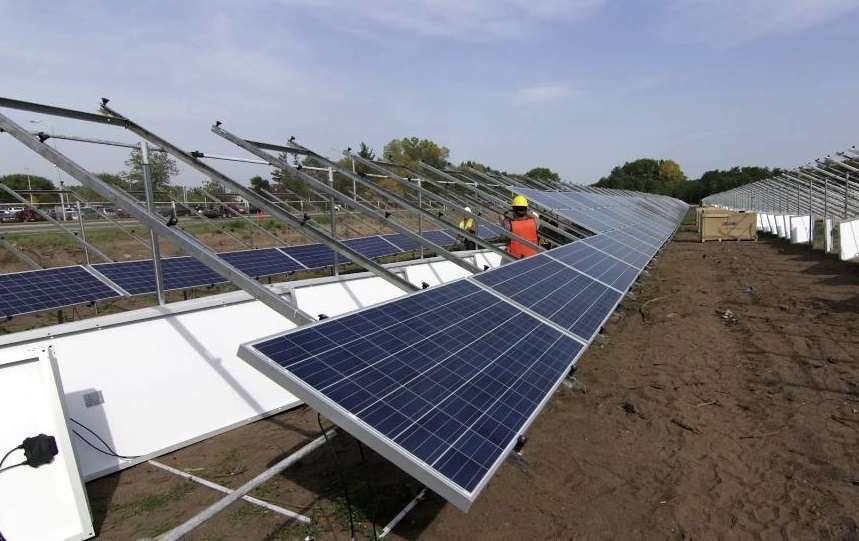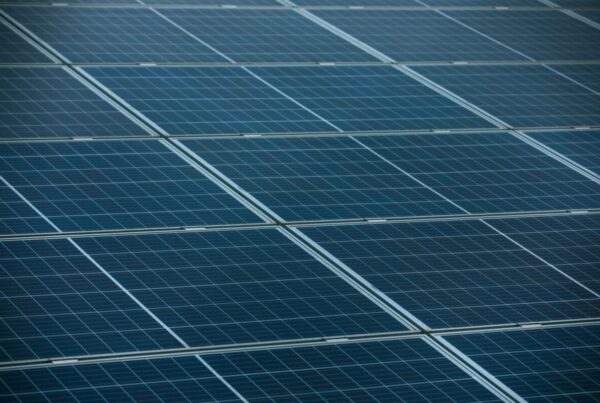
The use of renewable power, BESS and nuclear will also enable the utility to contribute to Minnesota’s plans to meet 100% of its energy demand with what the state government calls “clean electricity” by 2040.
While the reliance on nuclear power alongside renewables, as opposed to investing exclusively in renewable power, has led to some criticism – including Xcel being fined US$14,000 last year by Minnesota regulators relating to leaks of radioactive tritium from the Monticello plant – the utility’s leadership is optimistic about Xcel’s direction amid the Minnesota energy transition.
“This new proposal builds on our already-approved plans to retire all coal plants by 2030 and replace them with nation-leading amounts of renewable energy like wind and solar, as we transition to a clean, secure energy future,” said Ryan Long, president of Xcel Energy in Minnesota, South Dakota and North Dakota.
As part of the plan, Xcel also announced that it aims to add 2.2GW of what it called “always-available resources” by the end of the decade, to function as backup power for the renewables portfolio, and meet energy demand when it is highest during the year.
While the nature of these dispatchable resources is unclear – the company could be referring to fossil fuel-powered electricity generation, or more investments into storage and grid infrastructure for renewable projects – Xcel noted these facilities would “only run when needed, meaning they’ll have very low emissions”.
The news follows Xcel’s retirement of a coal-fired power plant in Minnesota last month. The utility plans to replace its coal facilities in the state with 710MW of new solar capacity, and already boasts a solar capacity of 2.7GW as of the end of 2021, as it looks to further decarbonise its operations.





